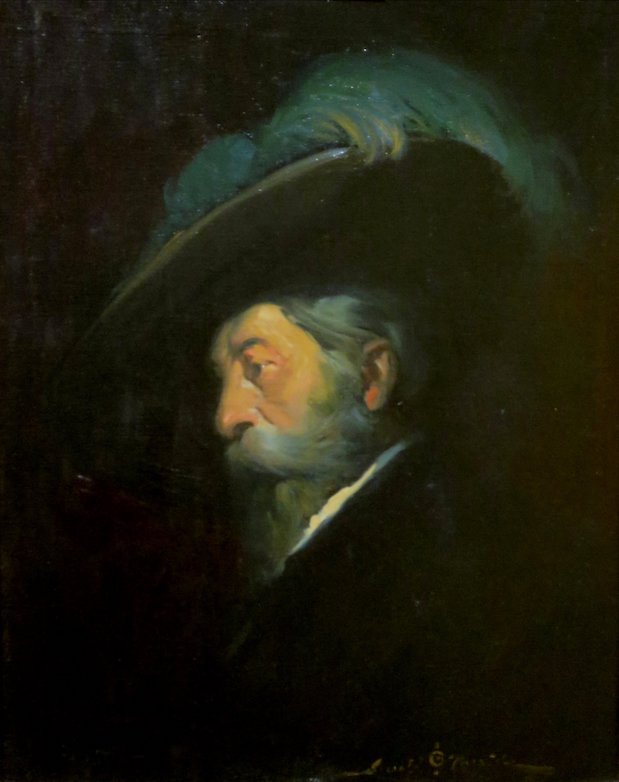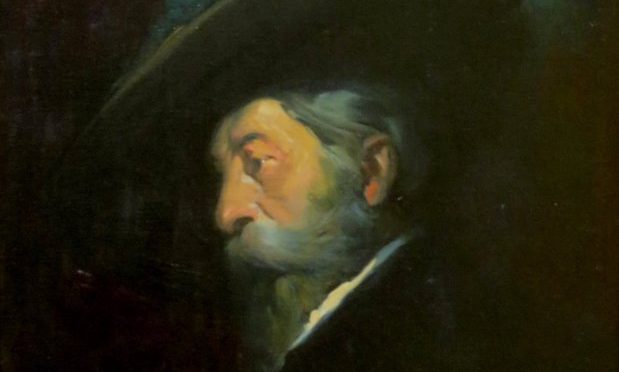As part of the conquest of the Americas, Basques played an outsized role. They were there for many of the pivotal events that ended up shaping both continents. This is no less true for what would become the United States. Far west, in what eventually became California, Juan Bautista de Anza was an explorer, a military leader, and eventually a politician, following the path his father, also named Juan Bautista de Anza, had blazed to the south.

- Juan Bautista de Anza Sasoeta, the elder de Anza, was born in Hernani, Gipuzkoa, in 1693. When he was around 19 years old, without being able to speak hardly a word of Spanish, he made his way to the Americas, to New Spain to be precise, where some of his mother’s family already lived. He became involved in mining, and was part of the silver boomtowns of Aguaje (near Hermosillo, Sonora) and Tetuachi (near Arizpe). He joined the military, and was primarily occupied with protecting Sonora from Apache raids.
- He later established the first livestock ranches in what would become southern Arizona. It was during his watch that silver was discovered near the Arizona Ranch and he used the ranch, owned by his good friend Bernardo de Urrea, as a base of operations to adjudicate the future of that silver. Through his actions, the name Arizona rose in prominence and ultimately became the name of the state. He was killed by Apaches in 1740 during a supply trip.
- His son, Juan Bautista de Anza Becerra-Nieto, was born a few years earlier, in 1736, in the province of New Navarre in New Spain (now Mexico). He enlisted in the army when he was 16, and became a captain in 1760, when he was 24. He continued his father’s quest to establish a trade route between Sonora and Alta California. After approval from the King, he set out in 1774 with 3 padres, 20 soldiers, 11 servants, 35 mules, 65 cattle, and 140 horses, and, most critically, Sebastian Tarabal, a Native American from California who had fled from Mission San Gabriel who served as a guide. This first trip took him as far as Monterey, the then-capital of Alta California. He led a second group a few years later, trying to bolster the Spanish presence against the Russians. This second route is now commemorated as the Juan Bautista de Anza National Historic Trail. This time, he reached as far as San Francisco Bay.
- Upon his return to Mexico City in 1777, he was then appointed governor of the Province of Nuevo México (today, the state of New Mexico). As governor, he led punitive expeditions against the Comanche, who had been raiding the village of Taos. His military actions eventually led to the Comanches capitulating and signing a peace treaty, which was the foundation of the Comanchero trade. De Anza ended his tenure as governor in 1787, and died only a year later in 1788.
Primary sources: Ruiz de Gordejuela Urkijo, Jesús. ANZA SASOETA, Juan Bautista. Enciclopedia Auñamendi. Available at: https://aunamendi.eusko-ikaskuntza.eus/es/anza-sasoeta-juan-bautista/ar-23491/; Juan Bautista de Anza I, Wikipedia; Ruiz de Gordejuela Urkijo, Jesús. Anza Becerra-Nieto, Juan Bautista. Enciclopedia Auñamendi. Available at: https://aunamendi.eusko-ikaskuntza.eus/es/anza-becerra-nieto-juan-bautista/ar-23487/; Juan Bautista de Anza, Wikipedia.
Discover more from Buber's Basque Page
Subscribe to get the latest posts sent to your email.



One thought on “Basque Fact of the Week: Juan Bautista de Anza I and II, Explorers of the North American West”